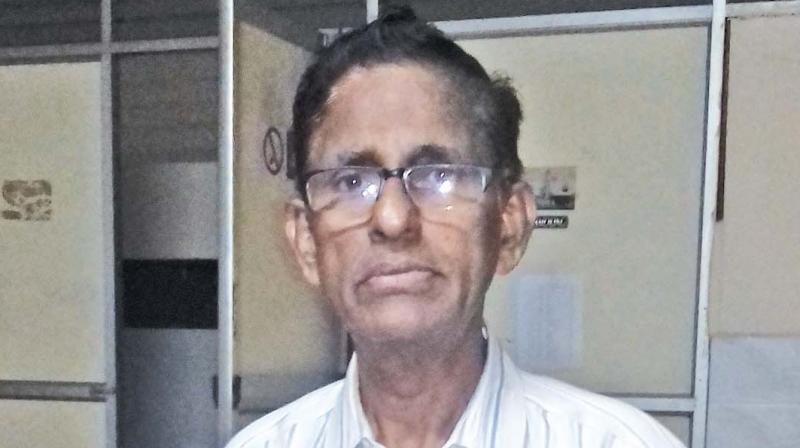What’s in a name? A lot!

S Kannan, a retired banker who, over time, has developed a mastery over Tamizh language and origins of names by taking historical and linguistic approach. Here is an excerpt from a talk conducted by Tamil Heritage Trust recently.
What is Kazhuthakaran thurai today was originally Kazhaar mun thurai. It meant a bathing place for elite people.
What we call Vanagiri today was known as Vanikaamar Eri in the olden days to associate a lake with the traders’ community.
Maruthipallam has become Maruthampallam.
There are a lot of places that end in mangai and they are all regarded as sacred places. Although mangai today means woman, back in the days it denoted ‘a place’ and was an abbreviated word for mangalam.
Places that end with ka were necessarily to point to places with woody surroundings and presence of elephants present in the area.
Places ending with kulam, enthal, thangal and many such such suffixes refer to the presence of different kind of waterbodies in the place.
The name Pallakad has its origin from Pala trees and Kadu means forest.
Places ending with patti were originally called basti, a place where Jain or Buddhist people resided at one point.
Places ending with puram meant the they were all fortified at one time. There are many places where the king or the ruler conferred a title on people or generals as a mark to honour their valour in a battle or on a person who has done good work for people. For an instance- Amaradaki.
Places ending with padi were places of cantonments.
What we know today as Sri Arangam has derived from the word Arangam which denotes an island formed by two rivers.
Today’s Anaikattapudur conveys the meaning ‘no dam is allowed’. The olden version which was Anai Akkarai Pudur meant the village was on the other side of the dam.
Those day’s Deendrini vanam is Dindivanam today. The tamarind trees along the highway leading to the town are a reminder why it was called so in the past. The name traces back to the tamarind forest.
Nicobar of Andaman and Nicobar islands gets its name from Nakkavaram which refers to the aboriginals living in the place who do not wear clothes.
Kemalabad was actually Kamalibad, a place that was named after an official by the name Kamali who founded the place for the Muslim locals.
Nainappiriyal was originally Nayakanaippiriyal that takes you back to a historical incident of a Chola queen committing sati.
Sivalaperi is originally Srivallabhappereri denoting a lake created by Pandya dynasty king, Srivallabha.
Today’s Harikesanallur is wrongly associated with Lord Hari. Originally it was Arikesari Maravarman Nallur town founded by a Pandya king.
Places ending with Thavala essentially depicted presence of motels where people travelling long distance would come and stay the night with their horses and even get their vehicle serviced.
Now Chidambaram is a place in Cuddalore district of Tamil Nadu but people have forgotten the history and go by the name of the temple. The place was originally called Perumpattrappuliyur.
Aminjikarai has been changed to Amaindhakarai. The residents of that place helped build the banks of the Couum river but they were not given any remuneration. It was their voluntary work and the word to refer to their free service was Aminji .
Kokkarai Kulam is now Kokkirakulam. It was named so to depict the chirping of starks at the sight of fish.
Thandiarpettai is actually Thondiarpettai which was named so as a mark of respect to a Muslim Sufi saint ‘Kunangudi Mastan Sahib’ popularly known as ‘Thondiar’ i.e. the man from Thondi.

